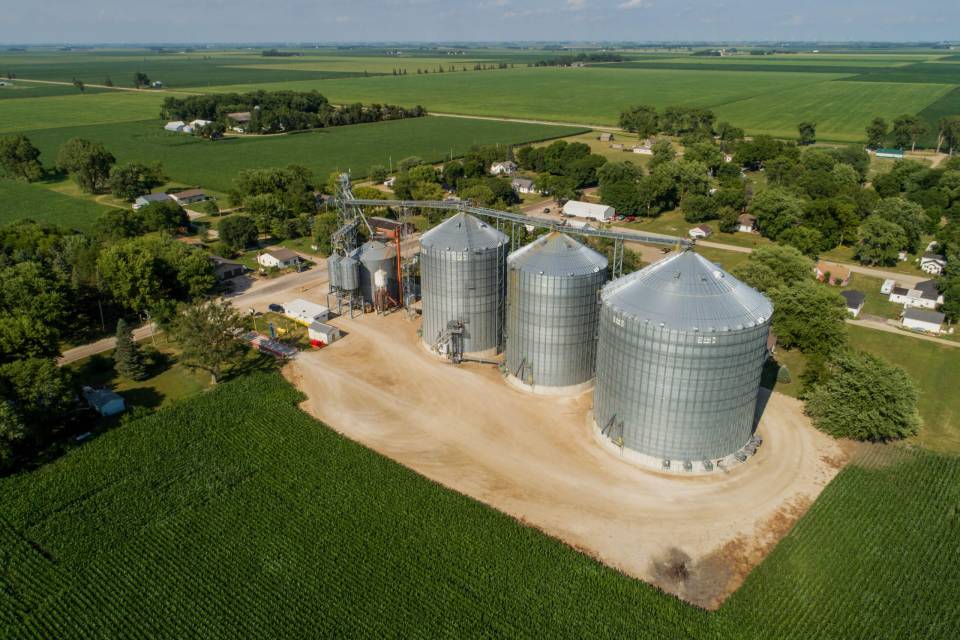Alfalfa Expert: Root Rot More Widespread Than Previously Thought
Once thought of as a wet-soil disease, aphanomyces root rot is more widespread than many realize. It’s also one of the few alfalfa diseases to develop races — genetic variations of the pathogens that challenge established resistant varieties — making it doubly threatening to long-term alfalfa productivity.
While a lack of distinctive characteristics makes aphanomyces difficult to detect, experts believe the disease is responsible for diminished stands across the country.
“Aphanomyces has been identified in all northern alfalfa-growing states and in the nondormant regions of California,” says Dan Undersander, Extension and Research Forage Agronomist, University of Wisconsin.
The scope became obvious as more growers began planting varieties with resistance to the two established races of the disease. “We’ve found that resistant varieties perform better in a wide range of environments, not just in areas with wet soils,” says Mark McCaslin, V.P. Research, Forage Genetics International (FGI). “From the Pacific Northwest to New York state, growers who plant those resistant varieties are seeing yield benefits.”
The fungal plant pathogen Aphanomyces euteiches is responsible for the disease that weakens seedlings and causes root pruning in established plants, dramatically reducing water and nutrient uptake.
Oval Patches Point To Disease
Unlike phytophthora root rot, which manifests itself with highly diagnostic signs, including root lesions, wilting, and seedling and plant death, aphanomyces presents subtle signs that can be confused with sulfur deficiency. Plants may show yellowing, stunted growth and smaller roots with fewer hairs.
“Watch for disease signs that appear in oval patterns, since that’s a good indication of a biological problem, not a nutrient deficiency,” recommends Undersander. An influx of weeds is another sign of disease. “As plants shut down, they open up stands to a weed invasion, so watch for weedy patches, also in an oval pattern.”
At the first sign of disease, Undersander recommends collecting crop tissue samples to rule out a sulfur deficiency. If sulfur levels are adequate or yellowing persists after applying sulfur, the area is likely infected with aphanomyces.
Curious Case Of Race Development
What makes aphanomyces particularly intriguing is that it’s one of very few diseases to develop multiple races in alfalfa. “Unlike corn hybrids or soybean varieties, alfalfa varieties are heterogeneous,” explains McCaslin. “Each plant is genetically unique, reducing the selection pressure that promotes race development.”
Of the more than 20 races of aphanomyces that affect legume crops, two are well documented in alfalfa, and breeders are screening for a third race of the disease. “It’s our job to stay ahead of pest evolution and develop solutions rather than react to crises,” says McCaslin.
This proactive approach gave FGI a head start on development of race 3–resistant alfalfa varieties, and McCaslin points to W-L Alfalfas as a leading seed provider. The company offers a wide portfolio of alfalfa varieties with resistance to race 1 and race 2 forms of aphanomyces. With race 3–resistant experimental varieties now performing well in trials, W-L Alfalfas will be among the first to market an advanced genetic solution to the disease.
Management Approach To Disease Protection
While the industry waits for race–3 resistant varieties to become available, alfalfa growers can take steps to continue producing high-quality, high-yielding alfalfa, despite the possibility of aphanomyces infection.
Start with the best genetics. “Many excellent alfalfa varieties have resistance to races 1 and 2,” says Undersander. Many race 2–resistant varieties in the W-L Alfalfas portfolio also provide some protection against race 3, McCaslin adds.
Invest in seed treatment. Some fungicide seed treatments offer reliable protection against all races of aphanomyces during establishment. The protection window is narrow — only three to four weeks — but is long enough to promote strong stand establishment. Once plants mature, the crop must rely on genetic resistance for disease protection.
Consider field typography. Unlike phytophthora, which thrives in valleys, aphanomyces is more prevalent on slopes. When planting on hilly terrains, be sure to choose varieties with maximum aphanomyces resistance and include a fungicide seed treatment.
“Additional help is on the way,” assures McCaslin. “In the meantime, monitor fields regularly and take advantage of genetic options currently available to protect alfalfa stands from losses due to aphanomyces.”






